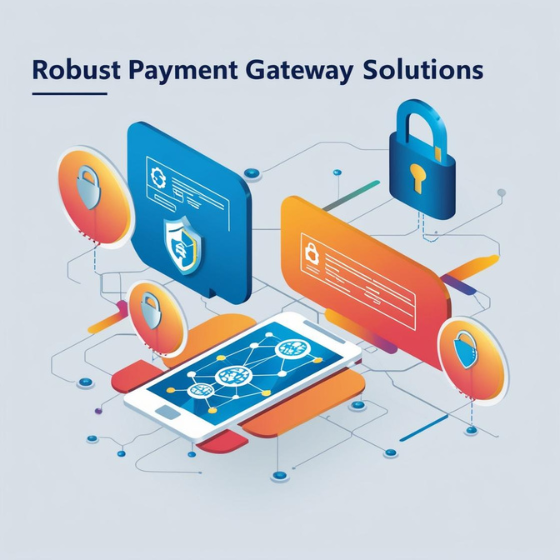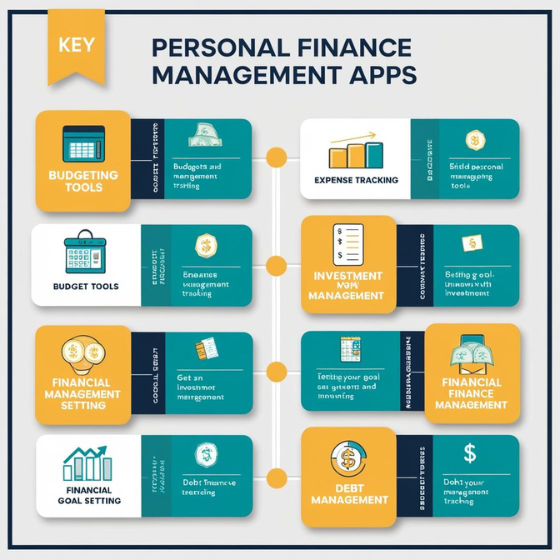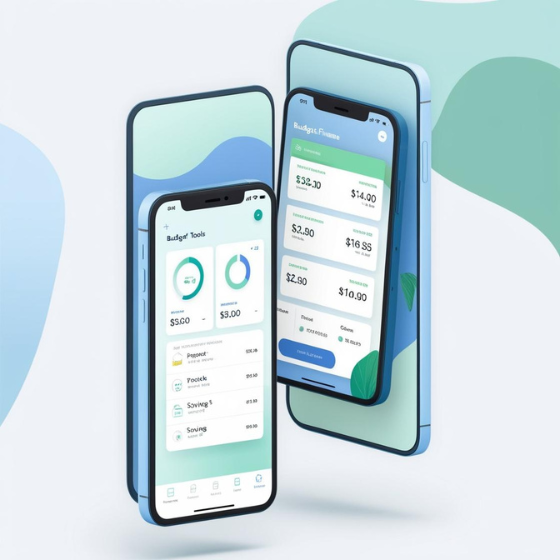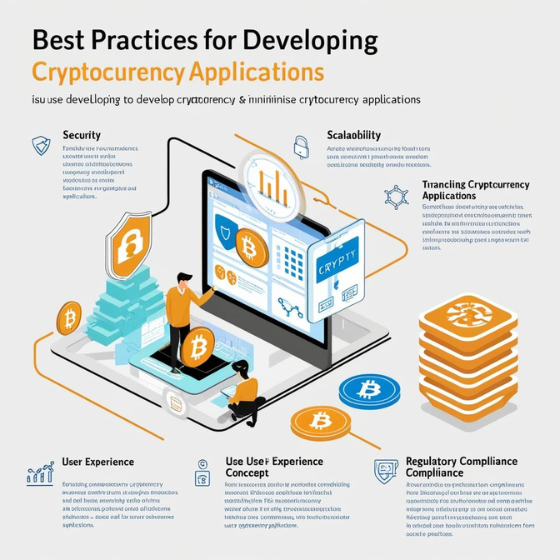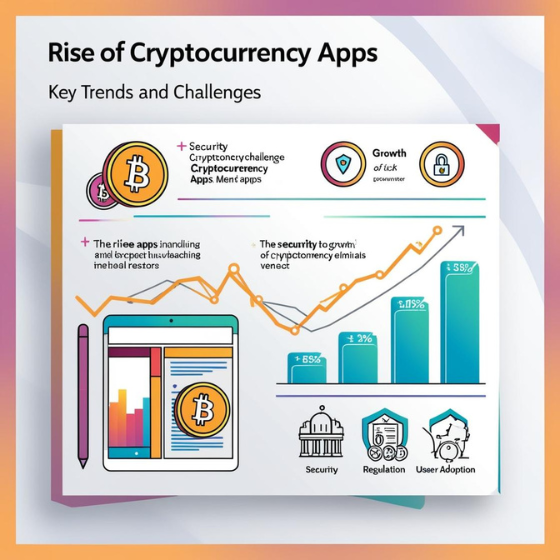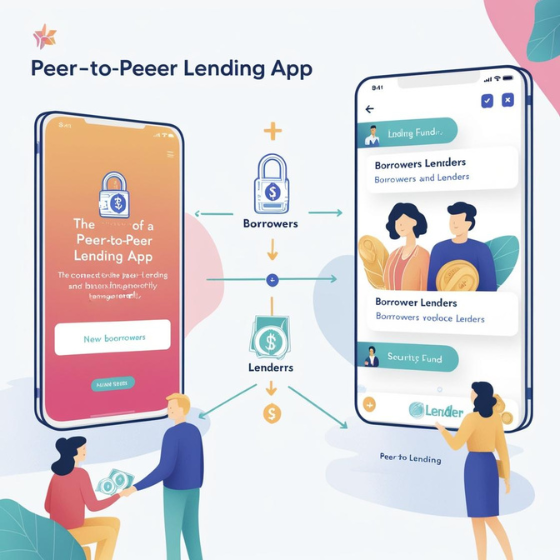Developing Robust Payment Gateway Solutions
In today’s digital economy, payment gateways serve as the cornerstone of online transactions, enabling businesses to thrive in the competitive e-commerce landscape. Did you know that 81% of global e-commerce sales rely on secure payment processing systems? Developing robust payment gateway solutions is no longer optional—it’s a necessity for building trust, safeguarding sensitive data, and ensuring seamless transactions.
This blog explores the critical components of payment gateway solutions, the steps involved in creating them, and how businesses can leverage cutting-edge technology to enhance their payment systems. Let’s dive into what makes a payment gateway solution truly robust and reliable.
Understanding Payment Gateways
A payment gateway is a technology that securely transmits transaction data between customers, merchants, and financial institutions. By facilitating real-time authorization and data encryption, payment gateways ensure both security and efficiency.
Key Functions of a Payment Gateway
- Authorization: Verifies the availability of funds in the customer’s account.
- Encryption: Secures sensitive data during transmission.
- Settlement: Facilitates the transfer of funds to the merchant’s account.
1. Core Features of Robust Payment Gateway Solutions
Building a robust payment gateway requires a combination of security, scalability, and usability. Below are the essential features every solution should include:
1.1 Multi-Layered Security
Security is the backbone of any payment gateway. Features like PCI DSS compliance, SSL certificates, and tokenization ensure data protection.
- Tokenization: Replaces sensitive card details with unique tokens.
- End-to-End Encryption: Protects data during transmission, minimizing the risk of breaches.
1.2 Seamless Integration
Payment gateways should integrate effortlessly with e-commerce platforms, mobile apps, and CRMs.
? Example: API-driven gateways allow businesses to customize their payment flow while maintaining compliance.
1.3 Support for Multiple Payment Methods
To cater to a global audience, payment gateways must support:
- Credit and debit cards
- Digital wallets (e.g., Apple Pay, Google Pay)
- Alternative methods like BNPL (Buy Now, Pay Later)
2. Steps to Develop Robust Payment Gateway Solutions
Creating a payment gateway solution involves meticulous planning and execution. Below is a step-by-step guide:
2.1 Define the Business Objectives
Identify the primary goals of your payment gateway—security, speed, global reach, or customization.
2.2 Choose the Right Technology Stack
Select scalable and secure technologies to handle high transaction volumes and prevent vulnerabilities.
2.3 Implement Secure Protocols
- EMV Technology: Adds chip-level security for card transactions.
- 3D Secure Authentication: Adds an extra layer of verification for online payments.
2.4 Optimize for Scalability
Ensure the system can handle peak traffic during sales events or holiday seasons.
2.5 Compliance and Certification
Adhere to global security standards such as PCI DSS, GDPR, and PSD2.
3. Enhancing User Experience in Payment Systems
A great user experience is as critical as robust security in payment gateways. Here’s how businesses can balance both:
3.1 Simplified Checkout Process
Long or complicated checkout processes often lead to cart abandonment. Streamline the user journey by:
- Reducing the number of form fields
- Offering one-click payment options
3.2 Mobile Optimization
With mobile commerce taking the lead, ensure your payment gateway is optimized for smaller screens.
3.3 Real-Time Transaction Updates
Provide users with instant transaction confirmations to enhance transparency and trust.
4. Case Studies: Payment Gateway Solutions in Action
4.1 E-Commerce Platform Expansion
Challenge: A retail giant needed a payment gateway that could handle high-volume transactions during peak seasons.
Solution: Sodio developed a scalable, API-driven gateway with real-time fraud detection.
Result:
- 30% increase in successful transactions
- 20% reduction in cart abandonment rates
4.2 Subscription Service Provider
Challenge: A subscription-based service required secure recurring payment support.
Solution: Implemented tokenization and automated billing cycles.
Result:
- Enhanced customer retention by 15%
- Zero chargeback incidents in 12 months
? Read more case studies from Sodio’s portfolio here.
5. Benefits of Partnering with Sodio for Payment Gateway Development
When you partner with Sodio, you gain access to:
- Custom Solutions: Tailored to your business model and customer base.
- Cutting-Edge Security: Advanced encryption, fraud detection, and compliance measures.
- Global Expertise: Experience in integrating multi-currency and cross-border payment systems.
Whether you’re a startup or an established enterprise, Sodio provides solutions that scale with your business.
? Contact Sodio to start developing your payment gateway solution here.
Conclusion
Developing robust payment gateway solutions is crucial for businesses aiming to provide secure and seamless transaction experiences. By incorporating multi-layered security, supporting diverse payment methods, and focusing on user experience, companies can build systems that foster trust and drive conversions.
Sodio specializes in creating innovative payment gateways tailored to your business needs. From design to deployment, we ensure your payment solution meets the highest security and performance standards.
? Ready to enhance your payment systems? Contact Sodio today!
? Explore Sodio’s payment gateway development services here.
